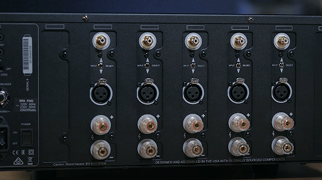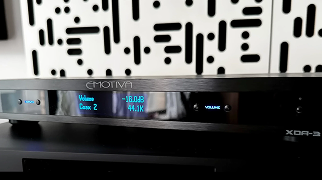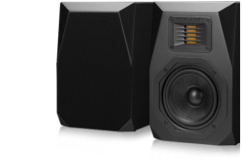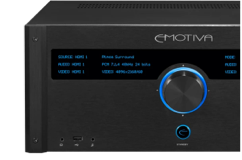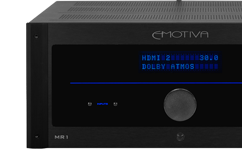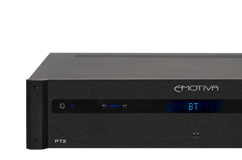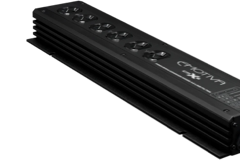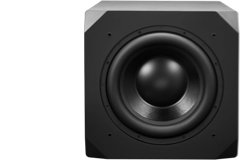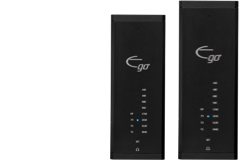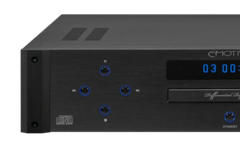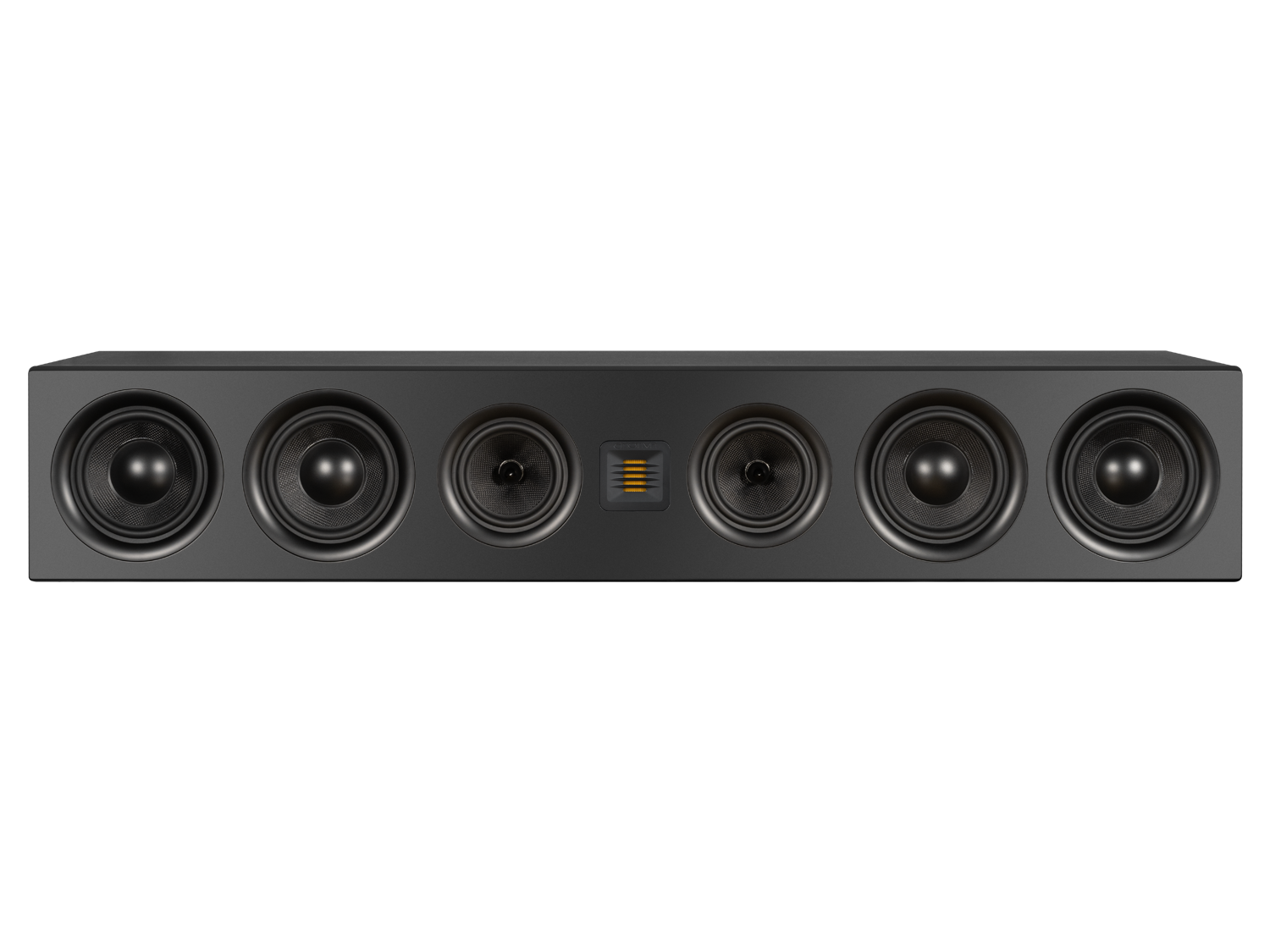The first thing you need to remember when thinking about this question is 'Who are you hiding your speakers from?' - By answering, that simple question will tell you the best way to disguise your speakers. There are many ways, but only a few will work for your unique circumstance. If you are concealing your speakers in a packed living room, you might want to go with in-wall or wall-mountable speakers.
Alternatively, If you live in a pristine mansion and need a way to make your speakers look like they were built into the house.~ You may want to play around with having items around or on the speakers to make them look more uniform to the surroundings.
Audio-Fabric Coverings
If you would like to cover your speaker, or part of your speaker, with fabric, be sure to purchase the acoustically transparent fabric. Acoustically transparent fabric will allow the sound coming from the speaker to pass freely through, as opposed to blocking or absorbing the sound.
There are plenty of options for fabric that will work with speakers while disguising them, such as some of these options here:
https://bettersoundproofing.com/best-sound-absorbing-acoustic-fabric/
In-Wall Speakers
In-Wall speakers can provide a clean, open feel to any home theater by eliminating bulky or floor standing speakers by hiding the speakers in neatly in the wall! Here is an excellent resource for installing most in-wall speakers: https://www.youtube.com/watch?v=1exPJODQ7rs.
In-wall speakers can benefit the looks and feel of a room, which is probably why this style continues to gain popularity. However, In-wall speakers aren't as full of a frequency response as a traditional home theater setup with floor standing and bookshelf speakers. If you plan to have a home theater consisting of all or primarily in-wall speakers, keep in mind that you may need a subwoofer to compliment the low end in your system.

The Emotiva Airmotiv Vaulta speakers are a great in-ceiling or in-wall option and are available with both round or square grills as an optional accessory. They use the same sweet-sounding folded ribbon tweeters used in all Emotiva speakers, so they are a great option to blend your speakers into your room while still matching them to a more prominent front stage using Emotiva tower or center speakers.
Wiring in-wall speakers is another conversation altogether. Suppose you are unfamiliar with electricity, how it operates, and how to install it properly. In that case, we recommend reaching out to a local professional for help.
If you are looking for pointers on how to wire your speakers, here is a good link for referece: https://www.youtube.com/watch?v=0vtaHpRITvo&t=0s
In-Ceiling Speakers
Similar to the In-wall speakers, in-ceiling speakers provide the same cleanliness and open feel to a home theater room. An additional benefit to In-ceiling speakers is, of course, Atmos!
But, Emotiva, Why are ceiling speakers an excellent option for an Atmos setup?
Great Question! ~ Ceiling speakers in an Atmos home theater system are used as height channels to add a vertical plane of sound. They're ceiling-mounted and well-placed to give immersive effects when the audio is encoded to fire above you.
This means not only do you benefit from an orderly, clean-feeling home theater, but you also get the added benefits of an atmos compatible setup! Again, remember that you may need a subwoofer to compliment the low end in your system.
Installing in-ceiling speakers is like hanging a can light and an in-wall speaker. Here is a link to a video that can give you some pointers on installing in-ceiling speakers.
https://www.youtube.com/watch?v=Yf05iLVjGCU
If you are considering in-ceiling speakers, check out our popular Airmotiv Vaulta In-Ceiling speakers here:
https://emotiva.com/collections/loudspeakers/products/airmotiv-vaulta-in-ceiling-loudspeaker-pair

If you aren't able to install a true in-ceiling speaker for your height or Atmos speakers in your room, the Emotiva Airmotiv A1 speakers are a perfect, low-profile choice. These can be wall-mounted at the top corner of your ceiling or used as a reflective type Atmos or height speaker, giving you the same great effects, but without having to run wire through or cut holes in your ceiling or walls.
Book-Shelf Speakers
Hiding bookshelf speakers sometimes can be tricky and more complicated than in-wall or in-ceiling speakers. The easiest and most common way to hide bookshelf speakers is by placing a speaker in a cabinet with a perforated door. Other methods of hiding bookshelf speakers often require creative thinking.

You can create great D.I.Y. bookshelf speaker hiding spots out of materials you already have in your living room, such as boxes, drawers, or even books! Before placing your speakers on any speaker stand, please secure it to the stand, so it doesn't tip over or damage the speaker or the surrounding area!
Here is a great video that shows you how to do that:
https://www.youtube.com/watch?v=3prKuU-vwAQ.
Also, our Airmotiv B1+ speakers are excellent for a great sounding and performing pair of bookshelf speakers. The B1+ speakers can be wall-mounted using our ASM bracket, which is a good option if you are unable to use stands in your space:
Invisible In-Wall Speakers
Going a step above the regular in-wall speakers, you also have "invisible speakers" like the speakers listed here. These speakers allow you to completely cover your speakers in drywall and eliminate the "look" of having any speaker in your home theater room. Here is an excellent link on how they can accomplish that. You might ask- will the sound be affected? How can I install these speakers?
Yes, these speakers have a fabulous concept and sound good with the proper calibration tools. However, there are many downfalls to speakers such as these. As I mentioned before, how will the sound be affected? True audiophiles will undoubtedly hear a significant difference between a speaker inside a wall and a traditional speaker. Suppose you're not a huge audiophile and overlook the details in a specific signal.
You are still likely to hear a difference within the sound range of the speakers! You will not get close to the low-end or high-end notes that traditional speakers can achieve, limiting your home theater. Before going down the "invisible" speakers route, please ask yourself if it is worth losing audio quality!
Share Post



